Home>Garden Essentials>Why Germinate In The Dark
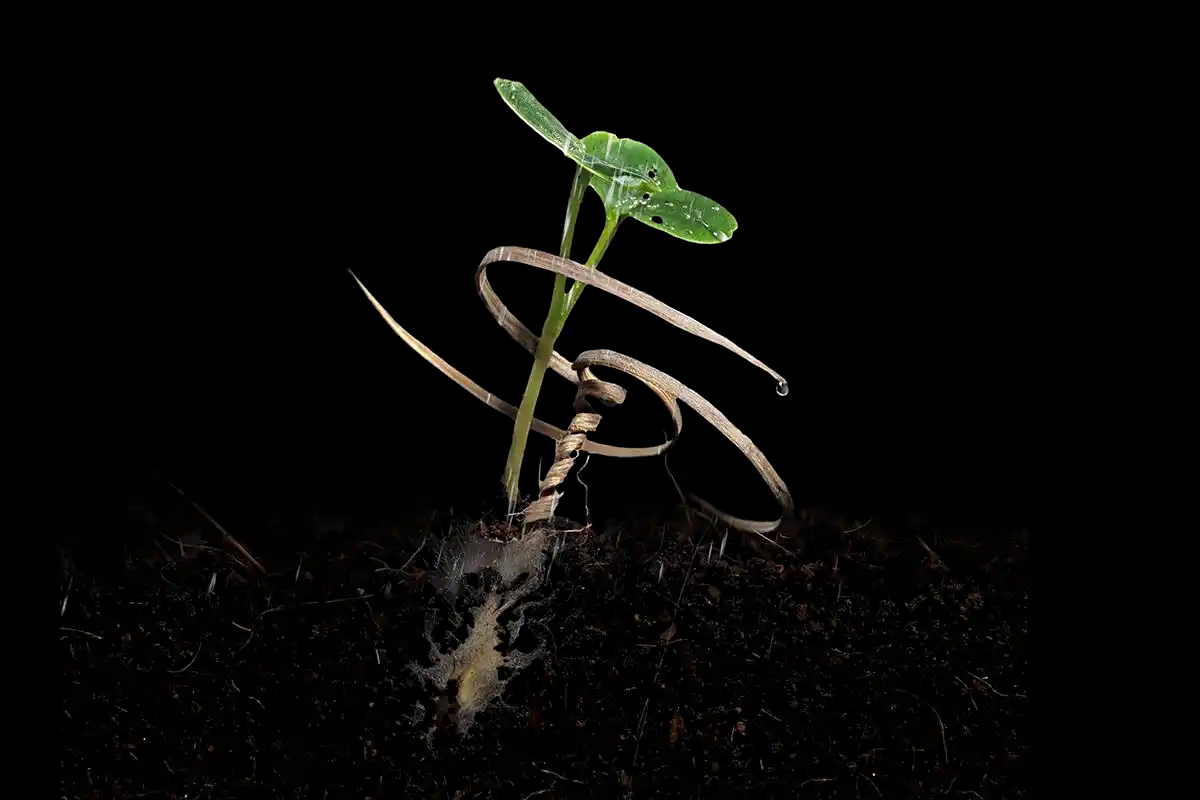

Garden Essentials
Why Germinate In The Dark
Modified: March 16, 2024
Discover the secret to successful gardening with our guide on germinating in the dark. Maximize your garden's potential and get the best results.
(Many of the links in this article redirect to a specific reviewed product. Your purchase of these products through affiliate links helps to generate commission for Storables.com, at no extra cost. Learn more)
Introduction
Welcome to the wonderful world of gardening! Whether you’re a seasoned green thumb or just beginning your journey as a plant enthusiast, one of the most important aspects of gardening is germination. Germination is the process by which a seed begins to sprout and grow into a new plant. While most people are familiar with the traditional method of germination in the light, there is also a lesser-known technique that involves germinating seeds in the dark.
Germinating in the dark may sound counterintuitive, as we often associate plants with needing sunlight to thrive. However, this technique has gained popularity due to its numerous benefits and the potential for higher germination rates. In this article, we will explore the reasons why you might consider germinating in the dark and provide you with insights on how to do it successfully.
Key Takeaways:
- Germinating seeds in the dark can lead to higher germination rates, uniform growth, and optimal nutrient absorption, providing a conducive environment for successful gardening.
- Selecting suitable seeds, maintaining proper temperature and humidity, and avoiding common mistakes are crucial for successful germination in the dark. Happy gardening!
Read more: Why My Seeds Are Not Germinating
Benefits of Germinating in the Dark
Germinating seeds in the dark offers several benefits that can contribute to the overall success of your gardening endeavors. Let’s explore some of the advantages:
- Increased Germination Rates: One of the main reasons people choose to germinate in the dark is the potential for higher germination rates. This is because darkness triggers certain physiological responses in seeds that promote faster and more successful germination. By depriving seeds of light during this crucial stage, you can enhance germination and increase your chances of successful sprouting.
- Protection from External Factors: The darkness provides a shield for the seeds, protecting them from external factors that may hinder germination. These factors can include fluctuations in temperature, exposure to direct sunlight, and excessive moisture. By germinating in the dark, you create a controlled environment that protects the seeds and increases their chances of successfully sprouting.
- Uniform Growth: Germinating seeds in the dark helps promote more uniform growth among seedlings. When seeds are exposed to light, they may exhibit uneven growth patterns as they stretch towards the light source. In contrast, germinating in the dark ensures that seedlings grow straight and uniformly, preventing them from becoming elongated or spindly.
- Optimal Nutrient Absorption: Darkness encourages the development of longer and stronger roots. During germination, seeds produce a hormone called auxin, which promotes root growth. By germinating in the dark, seedlings focus their energy on developing healthy root systems, allowing them to efficiently absorb nutrients from the soil once they are transplanted into light.
Overall, germinating in the dark provides a conducive environment for seeds to initiate their growth process. It enhances germination rates, protects the seeds from external factors, promotes uniform growth, and ensures optimal nutrient absorption in seedlings. These advantages make it a valuable technique to consider for successful gardening.
Factors to Consider for Successful Germination in the Dark
While germinating seeds in the dark can be beneficial, it’s important to consider certain factors to ensure successful results. Here are some key points to keep in mind:
- Seed Selection: Not all seeds are suitable for germination in the dark. Some seeds, such as light-dependent ones, may require exposure to sunlight to trigger the germination process. It’s essential to choose seeds that are known to germinate well in the dark. Research the specific requirements of the plants you want to grow and select seeds accordingly.
- Seed Quality: The quality of the seeds is crucial for successful germination, regardless of the method used. Make sure to obtain high-quality seeds from reputable sources. Look for seeds that are fresh, undamaged, and free from any signs of disease or pests. High-quality seeds have a higher likelihood of germinating successfully, even in the absence of light.
- Temperature and Humidity: Maintaining the right temperature and humidity levels is essential for seed germination in the dark. Different plant species have varying temperature requirements for germination, so it’s important to research and provide the optimal conditions for the seeds you are germinating. Additionally, maintaining moderate humidity levels helps prevent the seeds from drying out or becoming too moist, which can impede germination.
- Duration of Darkness: While germinating in the dark, it’s crucial to provide the seeds with an adequate duration of darkness. The specific duration depends on the plant species and can vary from a few days to a couple of weeks. Research the recommended duration or consult seed packets or gardening resources for guidance.
- Monitoring and Care: Regular monitoring is crucial during the germination process in the dark. Check for any signs of mold, rot, or disease, and remove any affected seeds or seedlings immediately to prevent further spread. Water the seeds carefully to maintain moisture without causing waterlogging. Avoid disturbance as much as possible to allow the seeds to develop undisturbed.
By considering these factors and providing the appropriate conditions, you can increase the chances of successful germination in the dark. Carefully selecting suitable seeds, ensuring seed quality, maintaining optimal temperature and humidity levels, providing the right duration of darkness, and monitoring the progress will contribute to a successful germination process.
Germinating in the dark can help seeds conserve energy and focus on root growth. Once the roots are established, they can better absorb nutrients and support healthy plant growth.
Techniques for Germinating Seeds in the Dark
Germinating seeds in the dark requires specific techniques to create an ideal environment for seed sprouting. Here are some techniques to consider:
- Pre-soaking: Some seeds benefit from pre-soaking before being placed in the dark. This can help kickstart the germination process. Soak the seeds in water for a specified period, as recommended for the specific plant species. Once soaked, transfer the seeds to a dark container for germination.
- Dark Containers: Use dark containers or materials that block light to create a suitable environment for germination. This can include plastic containers, trays, or even opaque bags. Ensure that the containers have proper drainage to prevent waterlogging, as excessive moisture can lead to fungal growth.
- Moisture Control: Keep the germination medium moist but not overly wet. Overwatering can lead to rotting of the seeds, while inadequate moisture can hinder germination. Use a spray bottle or mist the germination medium regularly to maintain the desired moisture level.
- Temperature Regulation: Providing a consistent and appropriate temperature is crucial for successful germination. Most seeds require a warm environment to sprout. Use a seedling heat mat or place the germination container in a warm location to maintain the optimal temperature range for the specific plant species.
- Ventilation: While germinating in the dark, it’s important to provide adequate airflow to prevent the buildup of excess humidity. This helps minimize the risk of fungal growth. Make small holes or cracks in the container’s lid or use breathable materials to allow for proper ventilation.
- Patience and Observation: Germination can take time, so it’s important to be patient and allow the seeds to develop at their own pace. Regularly observe the seeds for any signs of growth, such as tiny sprouts or emerging roots. Once the seeds have germinated and are showing signs of growth, they can be gradually introduced to light.
By employing these techniques, you can create a conducive environment for seed germination in the dark. Pre-soaking the seeds, using dark containers, controlling moisture levels, regulating temperature, ensuring ventilation, and practicing patience and observation will enhance the success of the germination process.
Common Mistakes to Avoid in Dark Germination
While germinating seeds in the dark can be a successful technique, there are some common mistakes that can hinder the process. By being aware of these mistakes, you can avoid them and increase the chances of successful germination. Here are some mistakes to avoid:
- Overwatering: Excessive moisture can lead to waterlogging and cause the seeds to rot. Avoid overwatering the germination medium and ensure proper drainage to prevent water accumulation.
- Underwatering: On the other hand, inadequate moisture can prevent seeds from germinating. It’s essential to maintain the right level of moisture by misting or watering the germination medium regularly.
- Using Incorrect Seed Selection: Not all seeds are suitable for germinating in the dark. Make sure to research and choose seeds that are known to germinate well in the absence of light to maximize your chances of success.
- Temperature Fluctuations: Fluctuating temperatures can disrupt the germination process. It’s important to provide a consistent and appropriate temperature for the seeds to sprout. Use a seedling heat mat or maintain a stable temperature in the germination area.
- Insufficient Ventilation: Lack of proper ventilation can result in the buildup of excess humidity, which can lead to fungal growth. Make sure to provide adequate airflow by creating small holes or cracks in the container’s lid or using breathable materials.
- Not Monitoring Seed Progress: Regular monitoring is crucial during the germination process. Check the seeds for any signs of mold, disease, or rotting, and remove any affected seeds to prevent further spread. Keep a close eye on the emergence of sprouts or roots.
- Introducing Light Too Soon: Germinating in the dark is a specific process that requires patience. Introducing light too soon can disrupt the seedlings’ growth and lead to weak, elongated stems. Gradually introduce light once the seeds have successfully sprouted in the dark.
By avoiding these common mistakes, you can optimize the germination process and increase the chances of successful seed sprouting. Be mindful of water levels, choose appropriate seeds, maintain proper temperature and ventilation, monitor seed progress, and introduce light gradually for healthy and strong seedlings.
Read more: Why Is My Grass Light Green And Dark Green
Conclusion
Germinating seeds in the dark is a unique and effective technique that can offer several benefits for successful seed sprouting. Although it may seem counterintuitive at first, depriving seeds of light during the germination process can result in higher germination rates, better protection from external factors, more uniform growth, and optimal nutrient absorption. By considering certain factors and employing specific techniques, you can increase the chances of successful germination in the dark.
It is important to select seeds that are known to germinate well in the absence of light and ensure their quality before beginning the process. Pay attention to the temperature, humidity, and duration of darkness for the specific plant species you are germinating. Regular monitoring, moisture control, proper ventilation, and patience are key to achieving successful results.
However, it’s essential to remember that not all seeds are suitable for germinating in the dark. Certain light-dependent seeds may require exposure to sunlight to trigger germination. It’s crucial to research the requirements of your chosen plant species and select appropriate seeds accordingly.
As you embark on your gardening journey, don’t be afraid to experiment with different germination techniques. Germinating in the dark can be a fascinating and rewarding approach that yields impressive results. Whether you’re starting seeds indoors or looking for alternative methods for germination, give germinating in the dark a try and see how it can enhance your gardening experience.
Remember, each plant species has its own unique germination requirements, so it’s important to research and apply the specific techniques that will lead to successful sprouting. By understanding the benefits, considering the necessary factors, employing the right techniques, and avoiding common mistakes, you will be well on your way to achieving abundant and thriving plants in your garden.
Frequently Asked Questions about Why Germinate In The Dark
Was this page helpful?
At Storables.com, we guarantee accurate and reliable information. Our content, validated by Expert Board Contributors, is crafted following stringent Editorial Policies. We're committed to providing you with well-researched, expert-backed insights for all your informational needs.
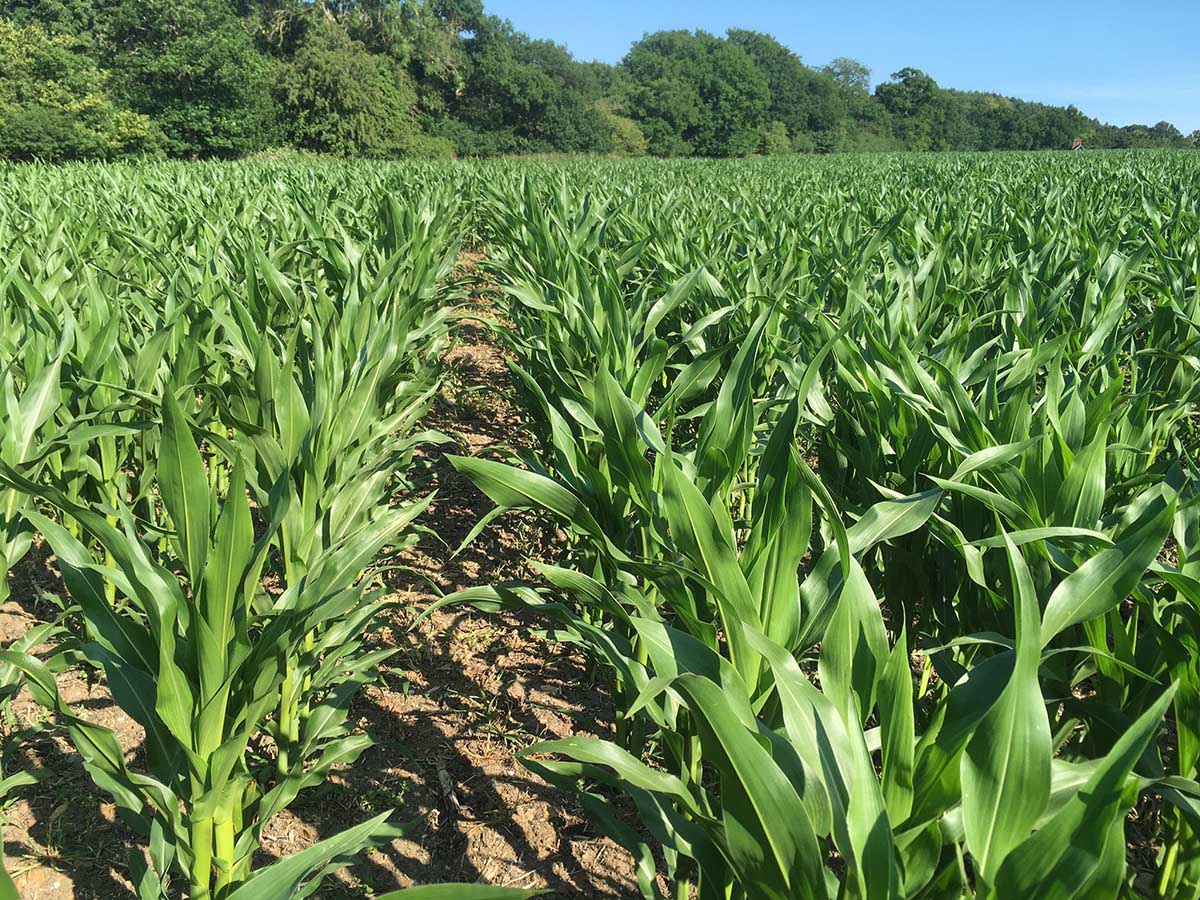
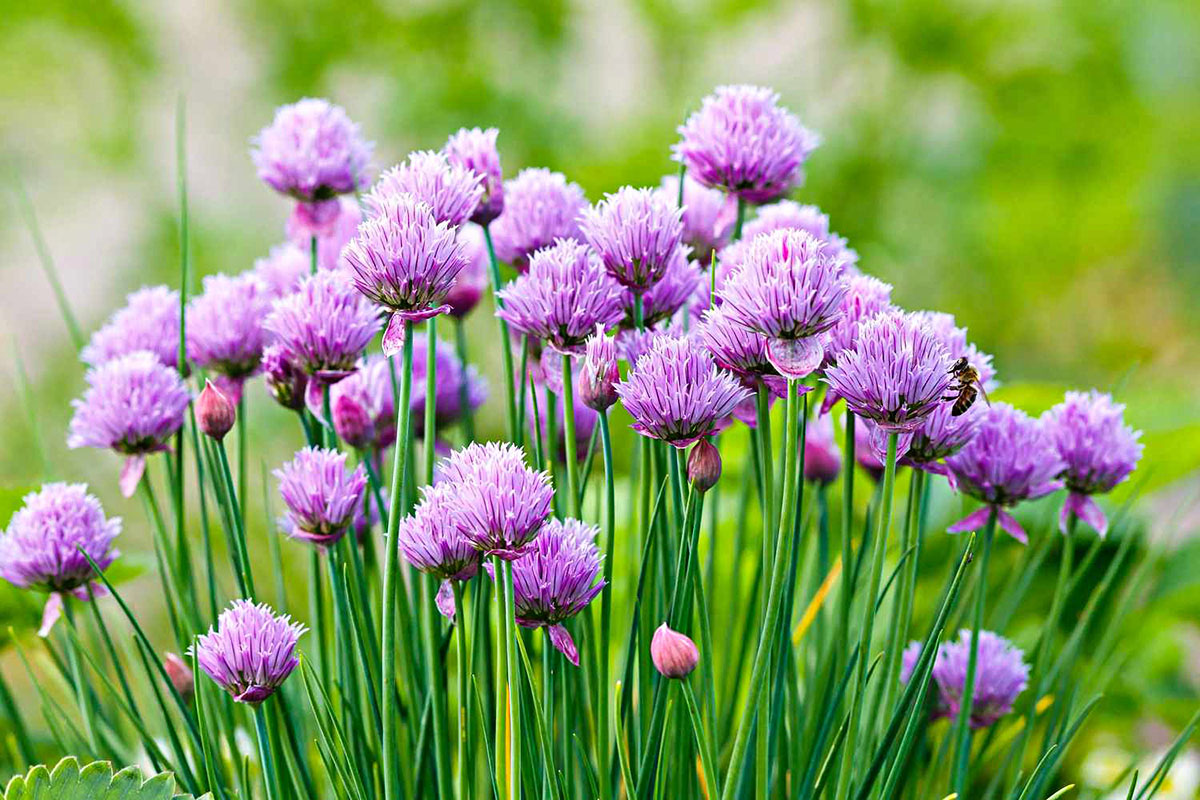
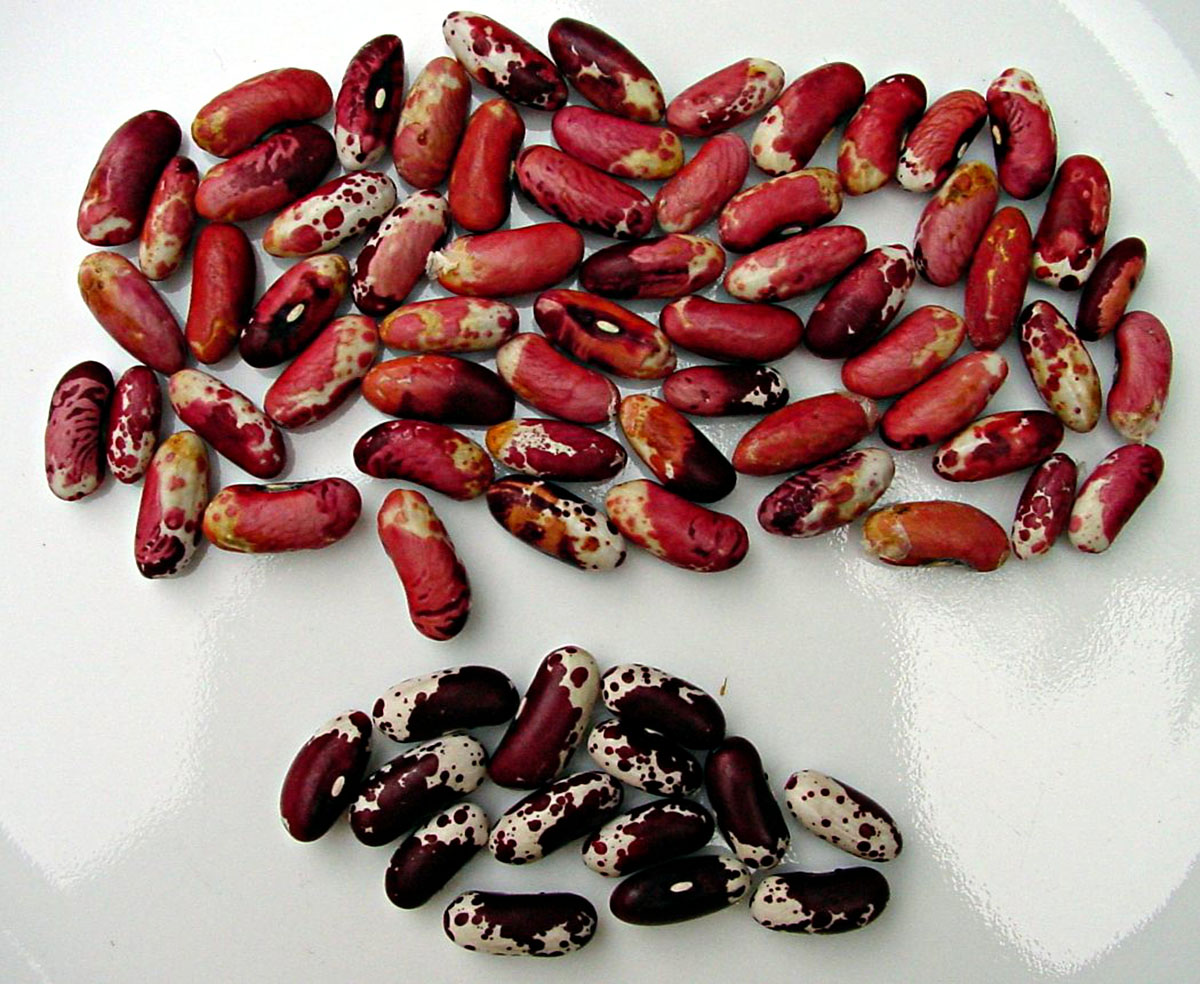
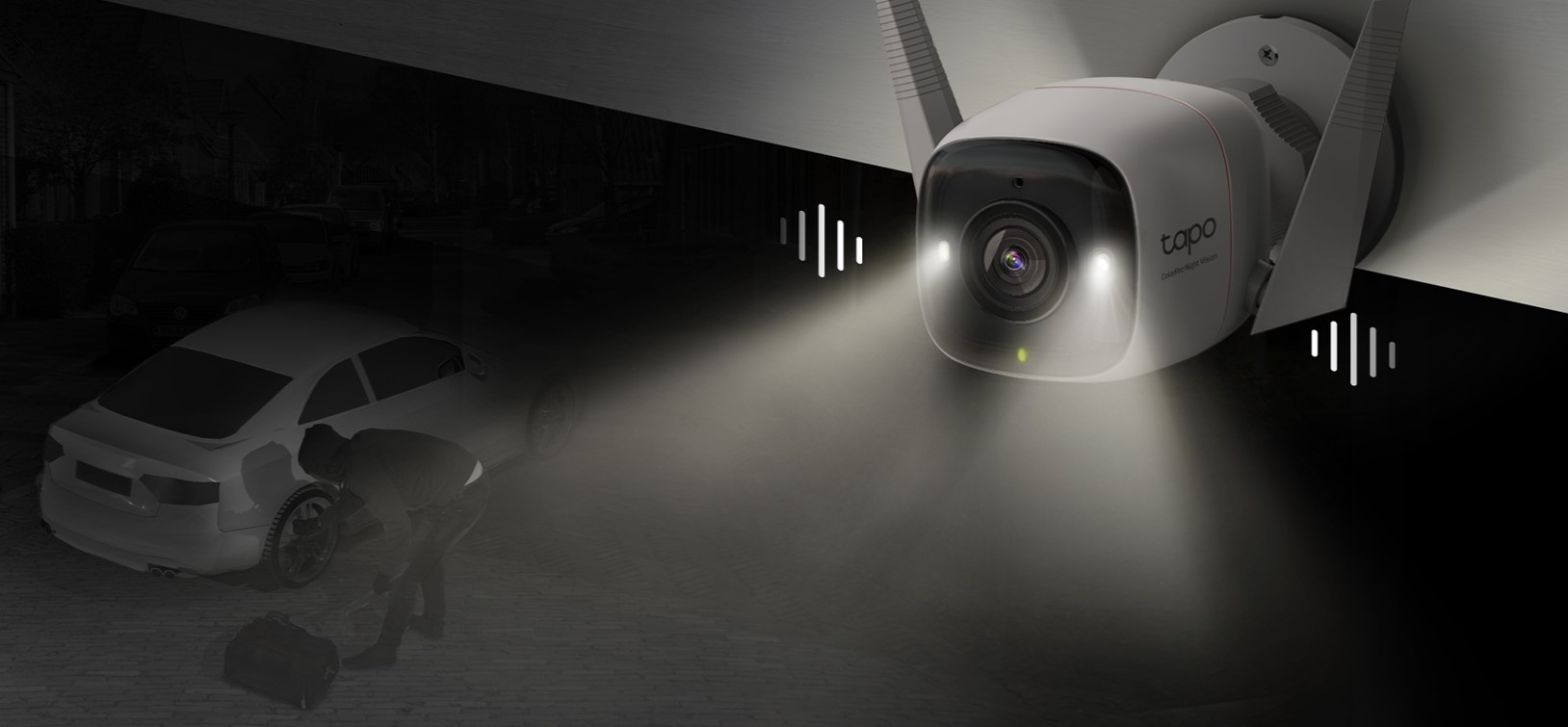

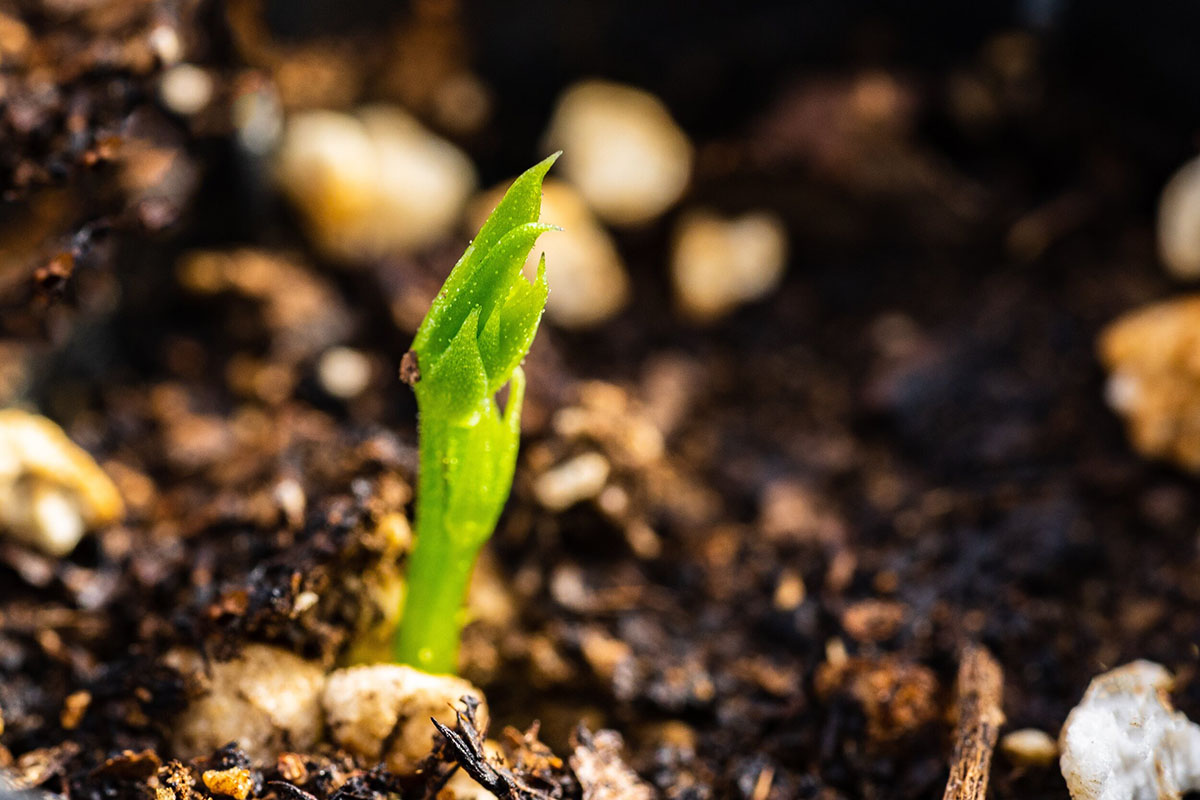

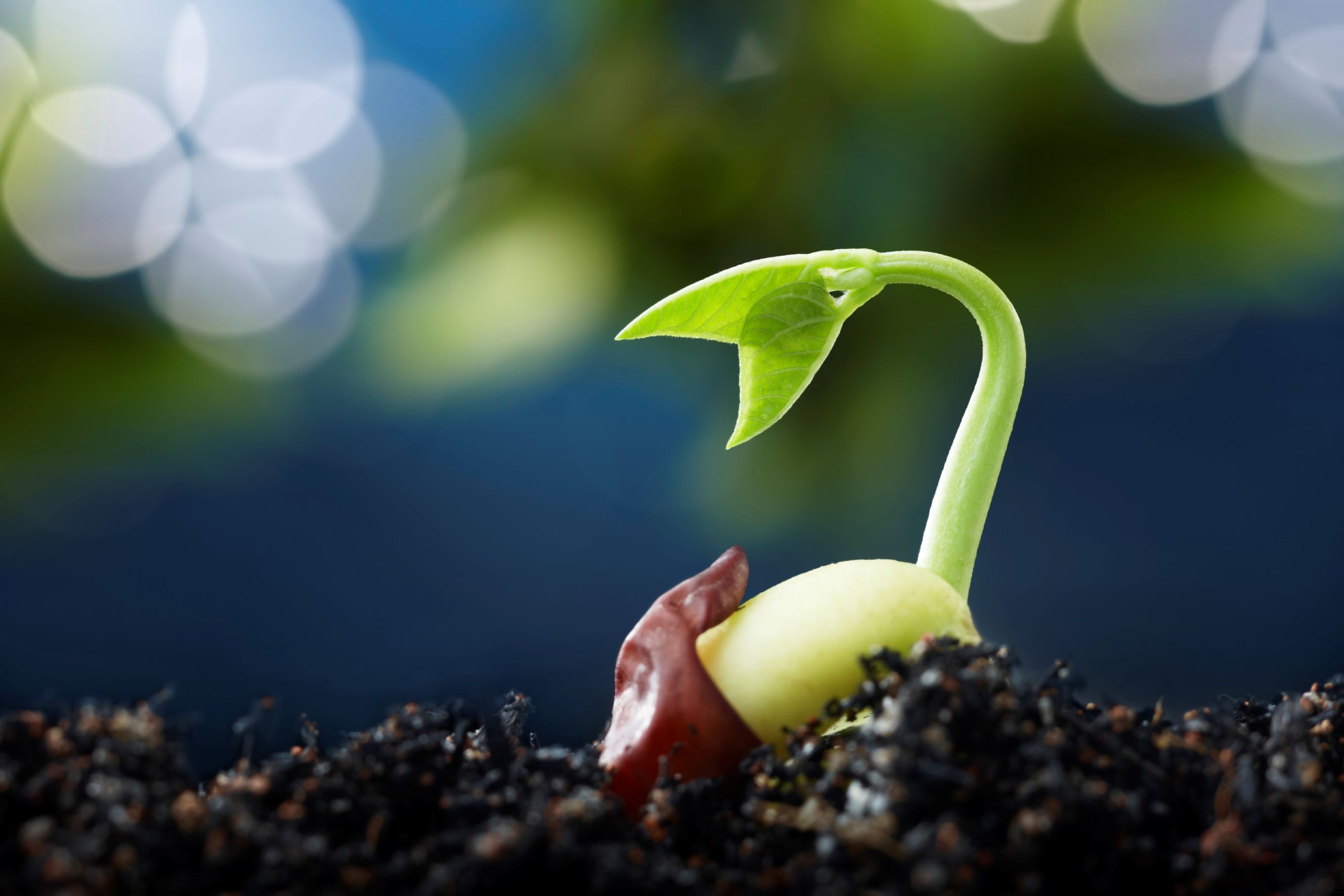



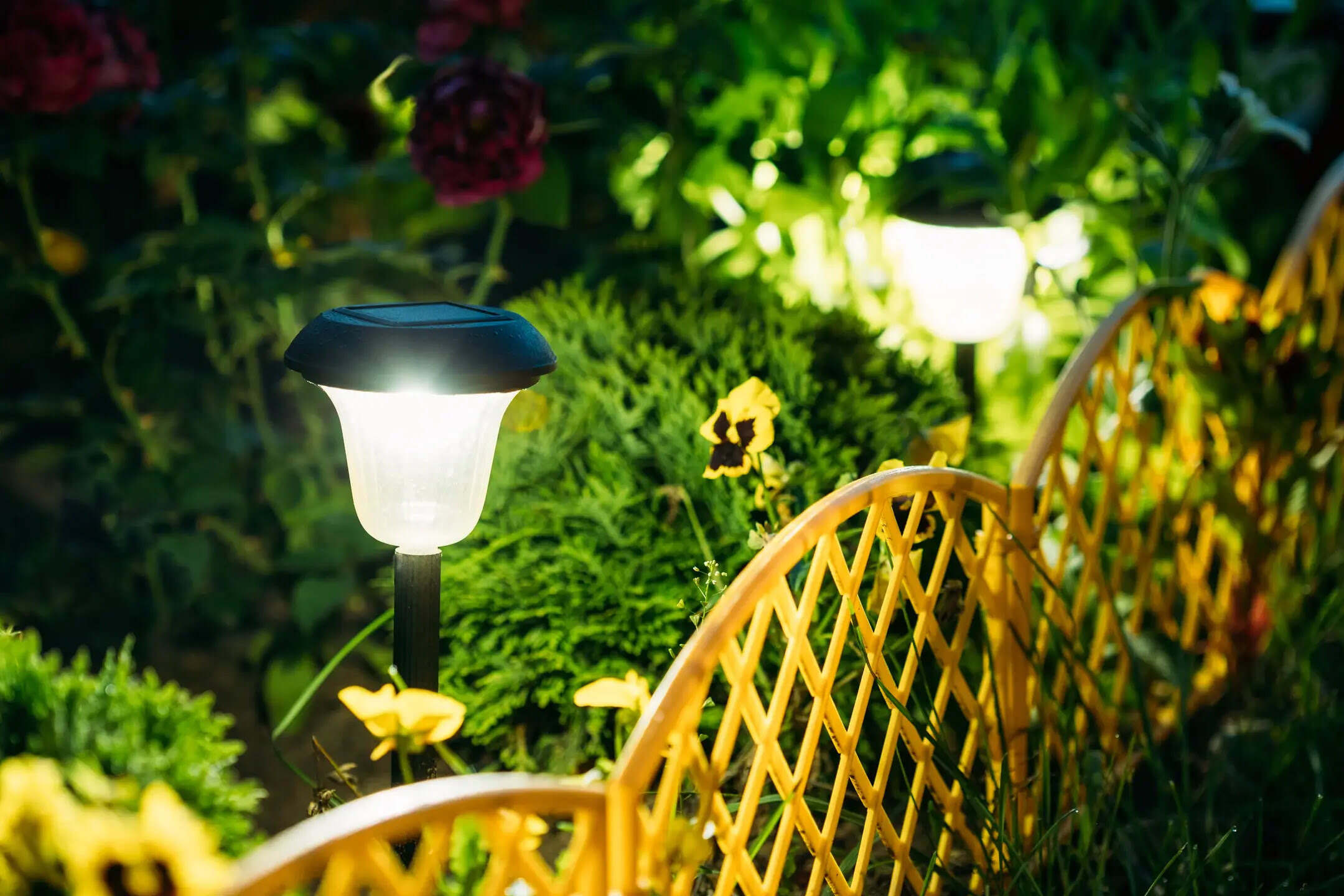
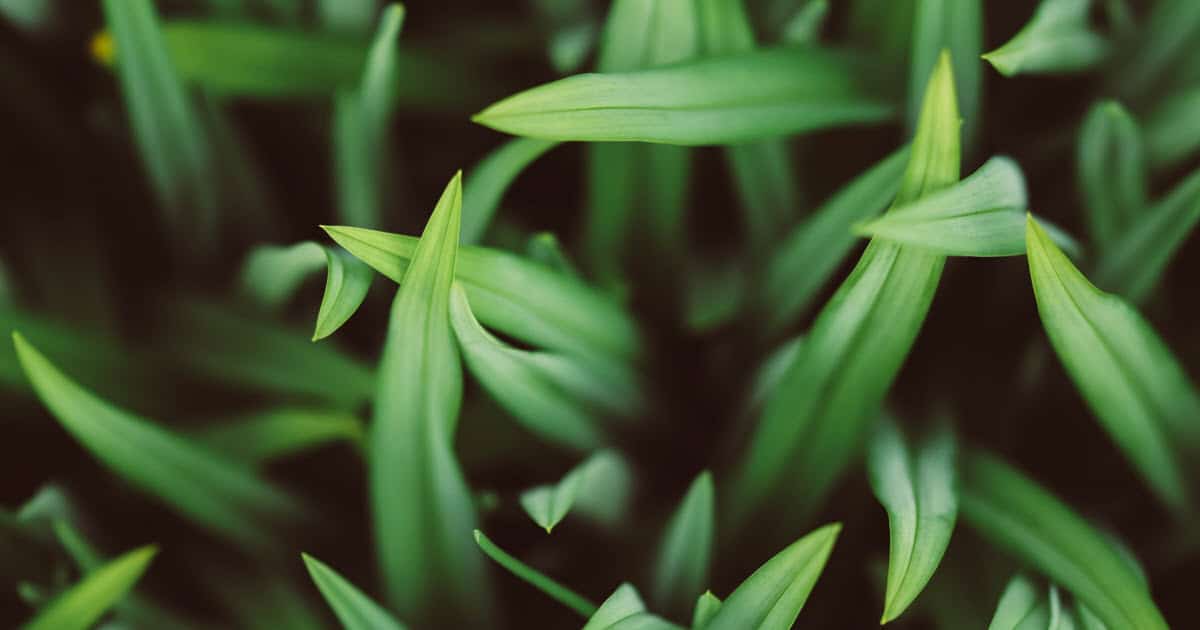


0 thoughts on “Why Germinate In The Dark”